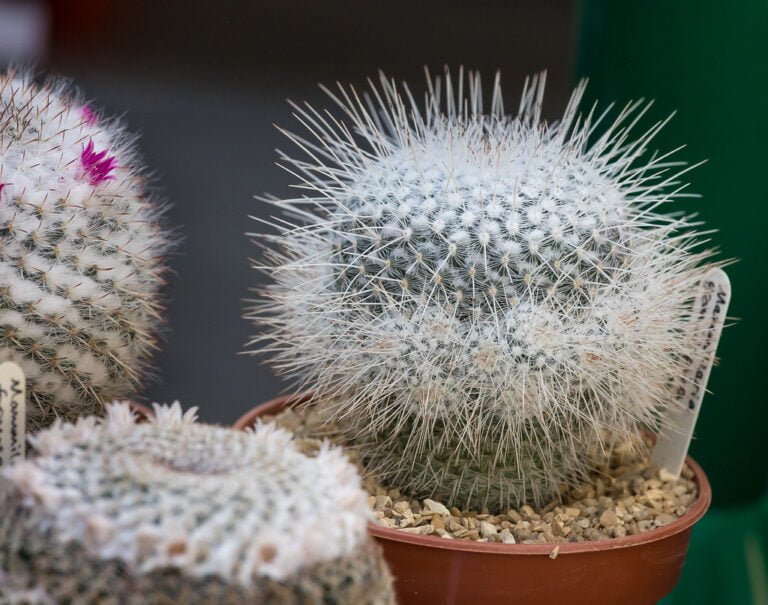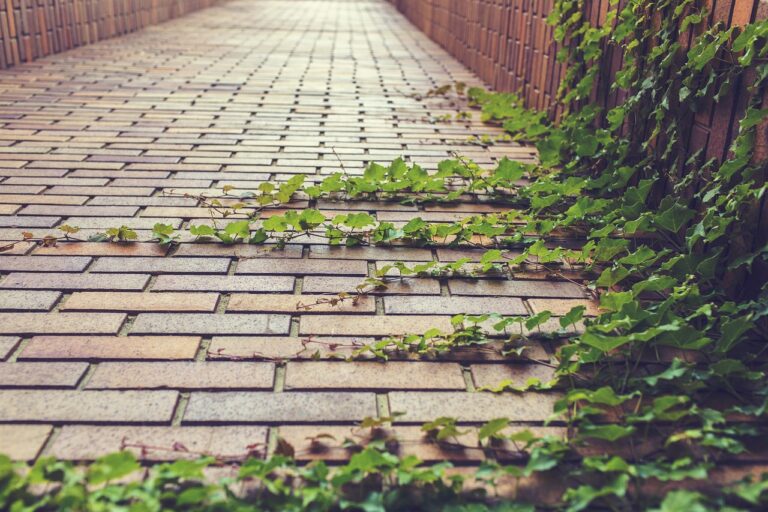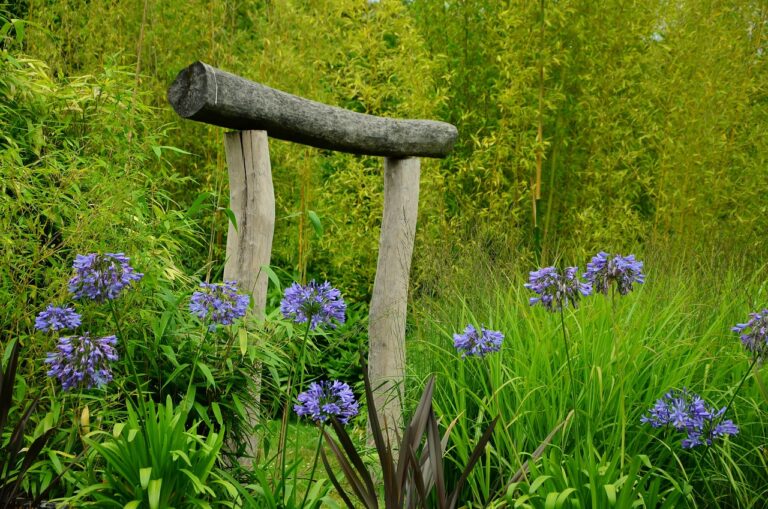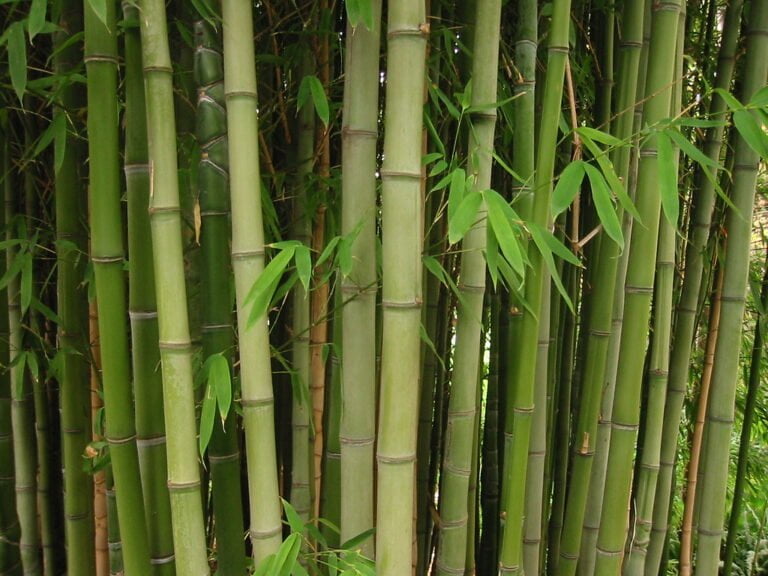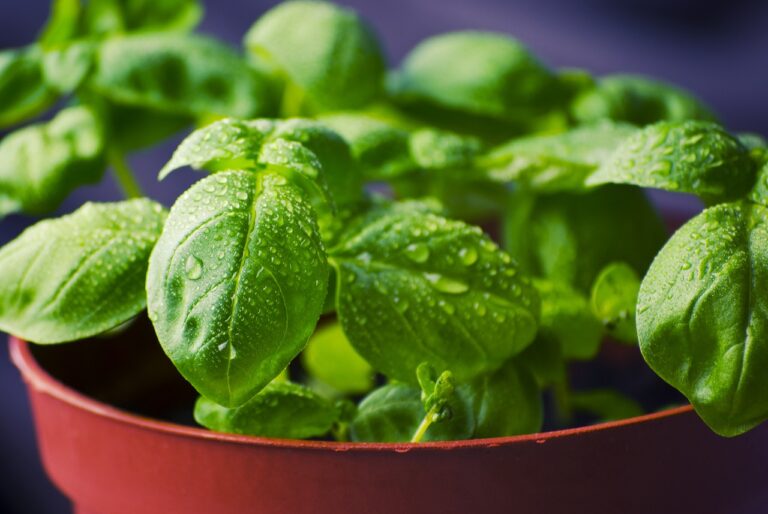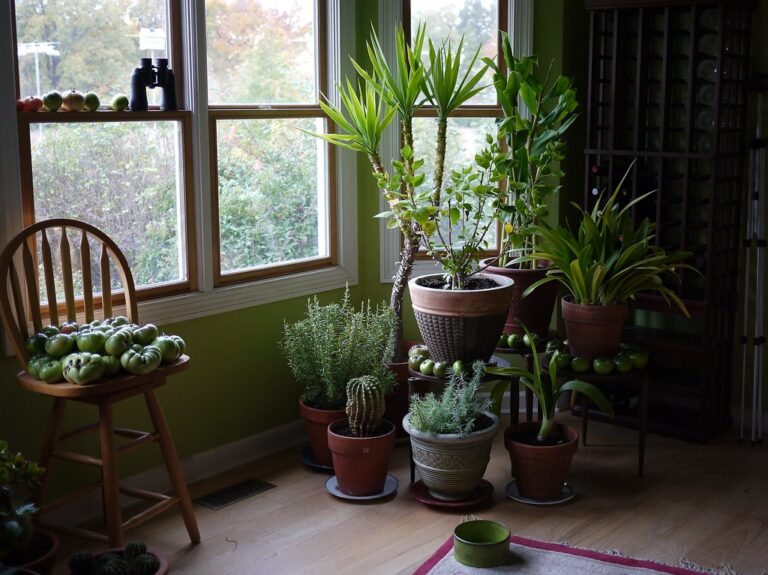Groundcover Plants
Groundcover plants are essential for landscaping, aiding in erosion control, enhancing visuals, and offering wildlife habitats. They restrain weeds, shield soil, and retain moisture, benefitting your garden. Opting for low-maintenance varieties like Creeping Thyme and Dragon’s Blood Sedum minimizes upkeep. Unique choices such as Turkish Veronica and Crystal River® Veronica introduce color and elegance. For shady areas, consider Asarum or Tiarella for vibrant blooms. Sunny locations require well-draining soil and suitable spacing to thrive. Drought-tolerant options highlight water-saving landscaping. Those interested in soil protection can investigate the benefits of ground covers in erosion prevention.
Benefits of Groundcover Plants
Groundcover plants play an important role in improving the visual appeal of landscapes while also providing practical benefits such as weed suppression and habitat creation for beneficial insects. When large areas of ground are left uncovered, it can lead to issues like soil erosion, loss of moisture, and increased weed growth. By utilizing ground covers, these problems can be mitigated effectively.
Ground covers, when planted in large expanses, form a protective barrier that shields the soil from the impact of heavy rain and strong winds. This helps to maintain the integrity of the ground, reducing the risk of erosion. Additionally, the dense foliage of groundcover plants shades the soil, preventing excessive evaporation and helping to retain moisture, which is particularly beneficial during dry periods.
Moreover, ground covers create a microhabitat that supports a diverse range of beneficial insects such as pollinators and predators. These insects play an important role in maintaining ecological balance within the landscape by aiding in pollination and natural pest control. By providing a habitat for these insects, groundcover plants contribute to the overall health and sustainability of the ecosystem. The strategic use of ground covers in landscaping not only improves the aesthetic appeal but also fosters a more resilient and biodiverse environment.
Low-Maintenance Ground Covers
Low-maintenance ground covers are a practical choice for gardeners seeking to reduce upkeep. These ground covers require little intervention once established, minimizing the need for constant maintenance. By selecting the right varieties, you can enjoy a beautiful garden with minimal effort.
Easy Upkeep Tips
After establishing low-maintenance ground covers in your garden, minimal care is necessary to guarantee their health and beauty year-round. These plants require little attention once they have taken root, making them an excellent choice for hassle-free landscaping. To make sure their upkeep, here are some easy tips:
- Occasional Trimming: Prune ground covers as needed to maintain their shape and prevent overgrowth.
- Regular Watering: Provide sufficient water, especially during dry spells, to help the plants thrive.
- Monitor for Pests: Keep an eye out for any signs of pest infestations and address them promptly to protect the ground covers.
Minimal Care Required
With minimal care requirements, these low-maintenance ground cover plants thrive effortlessly in the garden landscape. Quick spreaders like Creeping Thyme (Thymus praecox) and Hardy options such as Dragon’s Blood Sedum (Sedum spurium) are excellent choices for covering large areas without much intervention. Carefree choices like Blue Star Creeper (Isotoma fluviatilis) and Mazus Reptans are perfect for those seeking low-maintenance solutions. These plants establish quickly and require little upkeep once settled, making them ideal for busy individuals or those looking to simplify their gardening tasks. By selecting these minimal care ground covers, gardeners can enjoy a beautiful landscape without the constant need for attention, enhancing the overall aesthetics of their outdoor space effortlessly.
Simple Maintenance Tricks
When maintaining low-maintenance ground covers, it is advantageous to incorporate simple tricks that can improve their longevity and appearance in the garden landscape.
- Pruning techniques, seasonal maintenance: Regularly trimming back overgrown areas and removing dead foliage can promote healthy growth and prevent overcrowding. Seasonal maintenance tasks such as cutting back in the fall can help prepare ground covers for winter dormancy.
- Watering frequency, soil preparation: Understanding the specific water needs of each ground cover species is vital. Overwatering can be harmful, so it’s important to water deeply but infrequently. Proper soil preparation with well-draining soil can also aid in water retention and root health.
- Pest control, propagation methods: Monitoring for pests and early intervention is essential to preventing damage. Utilizing natural pest control methods can help maintain a healthy ecosystem. Learning about the propagation methods of your chosen ground cover can also enable you to expand your garden effortlessly.
Unique Groundcover Varieties
Among the array of groundcover plants available, a standout choice is the Turkish Veronica (Veronica liwanensis) currently offered at a discounted price of $8.49. This unique variety boasts colorful foliage, with vibrant green leaves that turn a striking shade of bronze in the fall, adding a pop of color to any garden bed. The Turkish Veronica’s distinctive textures create interest in the landscape, as its low-growing habit forms a dense mat of foliage that is both visually appealing and functional for weed suppression. Additionally, this plant is a pollinator attractor, producing delicate blue flowers in the spring that attract bees and butterflies, enhancing the biodiversity of your garden.
In addition to the Turkish Veronica, the Crystal River® Veronica (Veronica x Reavis) is another remarkable option available for purchase at 8.49. With its **variegated foliage** and delicate white flowers, this plant adds a touch of elegance to any garden setting. The Tread On Me Evergreen Groundcover Collection, priced at 33.29, offers a combination of four plants with unique textures and colors, providing a diverse groundcover solution for your landscaping needs.
When considering groundcover plants, the Turkish Veronica, Crystal River® Veronica, and the Tread On Me Evergreen Groundcover Collection stand out for their colorful foliage, unique textures, and ability to attract pollinators, making them excellent choices for enhancing the beauty and functionality of your outdoor space.
Best Ground Covers for Shade
When thinking about ground covers for shaded areas, it’s important to prioritize shade-loving plants like Asarum, Asperula/Galium, and Tiarella. These species are well-suited for low-light conditions and can improve the aesthetics of shaded spaces. By choosing these ideal plants for shade, gardeners can introduce vibrant foliage and blooms into areas with limited sunlight.
Shade-Loving Ground Covers
Shade-loving ground covers such as Asarum, Asperula, and Tiarella offer excellent landscaping options for areas with limited sunlight. These plants not only thrive in shaded conditions but also improve the aesthetic appeal of your garden. Here are some key points to keep in mind:
- Shade loving ground covers: Design inspiration – Incorporate these ground covers to establish a lush and vibrant shaded garden with contrasting foliage textures.
- Creating shade gardens: Color schemes – Utilize the different shades of green and variegated patterns of Asarum, Asperula, and Tiarella to add depth and interest to your garden layout.
- Unique groundcover options: Texture variety – These ground covers offer a range of leaf textures, from glossy to velvety, providing visual interest throughout the seasons.
Ideal Plants for Shade
What factors should be considered when selecting ideal ground covers for shaded areas? When choosing ground covers for shaded areas, it is important to prioritize shade-loving perennials such as Asarum, Asperula, and Tiarella. These plants not only thrive in low-light conditions but also offer unique landscaping options for shaded spots. Their ability to suppress weed growth and add visual interest make them excellent choices for shaded areas. When designing groundcover for shade, consider the specific location under trees, along banks, or in areas with limited sunlight. Additionally, planting tips like providing adequate moisture and spacing between plants are vital for their successful establishment and growth in shaded environments. By selecting the best ground covers for shade, you can improve both the functionality and aesthetic appeal of shaded areas.
Groundcover Plants for Sunny Areas
For sunny areas needing vibrant and low-maintenance groundcover plants, Creeping Jenny, Ice Plant, Creeping Thyme, Creeping Juniper, and Dead Nettle are outstanding choices. These plants thrive in full sun, providing both aesthetic appeal and practical ground coverage. Here are essential points to keep in mind for successful cultivation and maintenance:
- Soil Preparation and Planting Techniques:
- Guarantee well-draining soil to prevent waterlogging, as these plants prefer drier conditions.
- Integrate organic matter like compost to enhance soil structure and fertility.
- Plant at suitable spacing to allow for ideal growth and coverage.
- Watering Requirements and Sun Exposure:
- Provide sufficient water during the establishment phase, then gradually decrease frequency to promote drought tolerance.
- These plants generally prefer full sun, receiving at least 6 hours of direct sunlight daily.
- Mulching can help retain soil moisture and regulate temperature, particularly during hot periods.
- Pest Control and Fertilization Tips:
- Monitor for common pests like aphids or spider mites, and take prompt action if detected.
- Consider using organic fertilizers to avoid excessive growth that may require more maintenance.
- Regularly prune or trim the groundcover to maintain its shape and health.
Drought-Tolerant Ground Covers
Drought-resistant ground covers exhibit remarkable resilience in arid conditions due to their ability to thrive with minimal water once established. These plants have evolved deep root systems that enable them to access water sources deep underground, making them ideal for water-saving landscaping and sustainable groundcovers in regions with limited water resources. By choosing drought-resistant gardening options like Sedum, Ice Plant, and Creeping Thyme, homeowners can create beautiful landscapes while conserving water.
In xeriscaping, the practice of designing landscapes to reduce or eliminate the need for irrigation, drought-tolerant ground covers play an important role. Their ability to withstand dry conditions and thrive with little water input make them key players in sustainable landscaping practices. Not only do these ground covers reduce the need for regular watering, but they also contribute to erosion control and soil health by protecting the ground from drying out and retaining moisture in the soil.
Ground Covers for Erosion Control
Ground covers play an essential role in erosion control by forming a protective layer that anchors soil and reduces the risk of erosion. These plants are crucial for soil stabilization, slope protection, and rainwater absorption. Here are three key ways ground covers contribute to erosion control:
- Soil Stabilization: Ground covers, with their extensive root systems, help bind soil particles together. This binding action strengthens the soil structure, making it less susceptible to erosion caused by water or wind. The roots of ground covers penetrate the soil, creating a network that holds the soil in place, effectively stabilizing it against the forces of erosion.
- Slope Protection: Placing ground covers strategically on slopes or banks can greatly reduce the chances of erosion. The dense foliage of these plants acts as a barrier, slowing down the flow of water over the slope. By breaking the momentum of runoff water, ground covers prevent the detachment and transport of soil particles, thus protecting the slope from erosion.
- Rainwater Absorption: Ground covers absorb rainfall, reducing the amount of water that runs off the surface. By capturing and retaining water, these plants help prevent soil erosion by minimizing the impact of raindrops on the soil surface and lowering the volume of runoff that could lead to erosion.

